LoliRock. Written by Madellaine Paxon et al. Directed by Jean-Louis Vandestoc. Marathon Media and Zodiak Kids, 2014-2016. Starring Kazumi Evans, Kelly Sheridan, and Vincent Tong. 52 episodes of 26 minutes (approx. 22.5 hours). Rated TV-Y.
Available on Netflix.
We now turn our attention to that other French magical girl cartoon, LoliRock. According to an earlier version of its Wikipedia entry, LoliRock has the honor of being the first magical girl title from France, though this assertion was followed by the wisest and truest words to be found on Wikipedia, “citation needed.” One way or the other, we can can probably safely say that LoliRock is the first French magical girl show to get international attention. It made its appearance in France in October of 2014 and ran for two seasons. Its English dub now has a home on Netflix.
Whether the French or the English might be considered the “official” language of LoliRock is hard to say, because it’s a French production, but was actually written and dubbed in English first, then re-dubbed in French later. The official Tumblr describes it as “an English show created by French people.”
Whoa. Mind blown.

Anyway, that might explain why, unlike Miraculous Ladybug, which proudly wears its Frenchiness on its sleeve, LoliRock doesn’t feel very French. The story takes place in some generic town called Sunny Bay, which could be located pretty much anywhere. It looks like a show that’s meant to be dubbed in multiple languages and shown in multiple countries—which, in fact, it is.
Also, according to the earlier version of the Wikipedia entry, the decidedly odd title of LoliRock is supposed to be a combination of “LOL,” the sound of the Spanish word for “and,” and the word “rock.”
Hm.

Well, anyway, the protagonist of LoliRock is a loli named Iris, a fifteen-year-old girl who loves to sing, but finds strange phenomena happening whenever she does so. When two other lolis named Talia and Auriana hold auditions for a band they’re forming, Iris tries out, but accidentally produces a burst of magic that draws the attention of two evil twins, Mephisto and Praxina, who try to kill her. Soon after, Iris learns that she is actually the crown princess of the planet Ephedia, and that when the planet was conquered by the evil sorcerer Gramorr, her parents sent her to Earth to keep her safe.
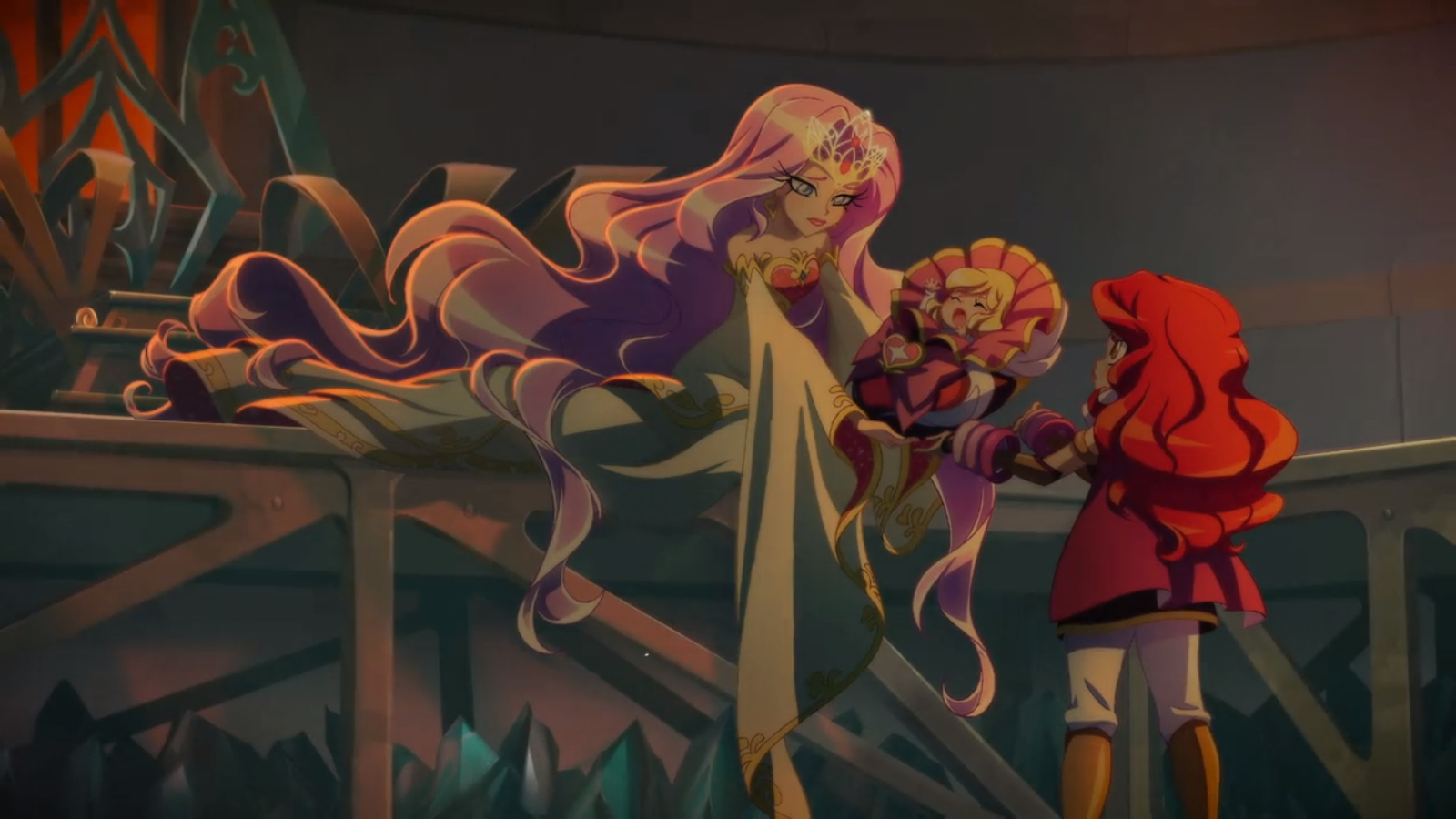
Talia and Auriana are also Ephedian princesses, who have traveled to Earth to find Iris, train her in magic, and help her take back her rightful kingdom.

In order to accomplish all this, they’ll have to hunt down the lost oracle gems and restore them to Ephedia’s royal tiara, which currently resides in a force field out of Gramorr’s reach.
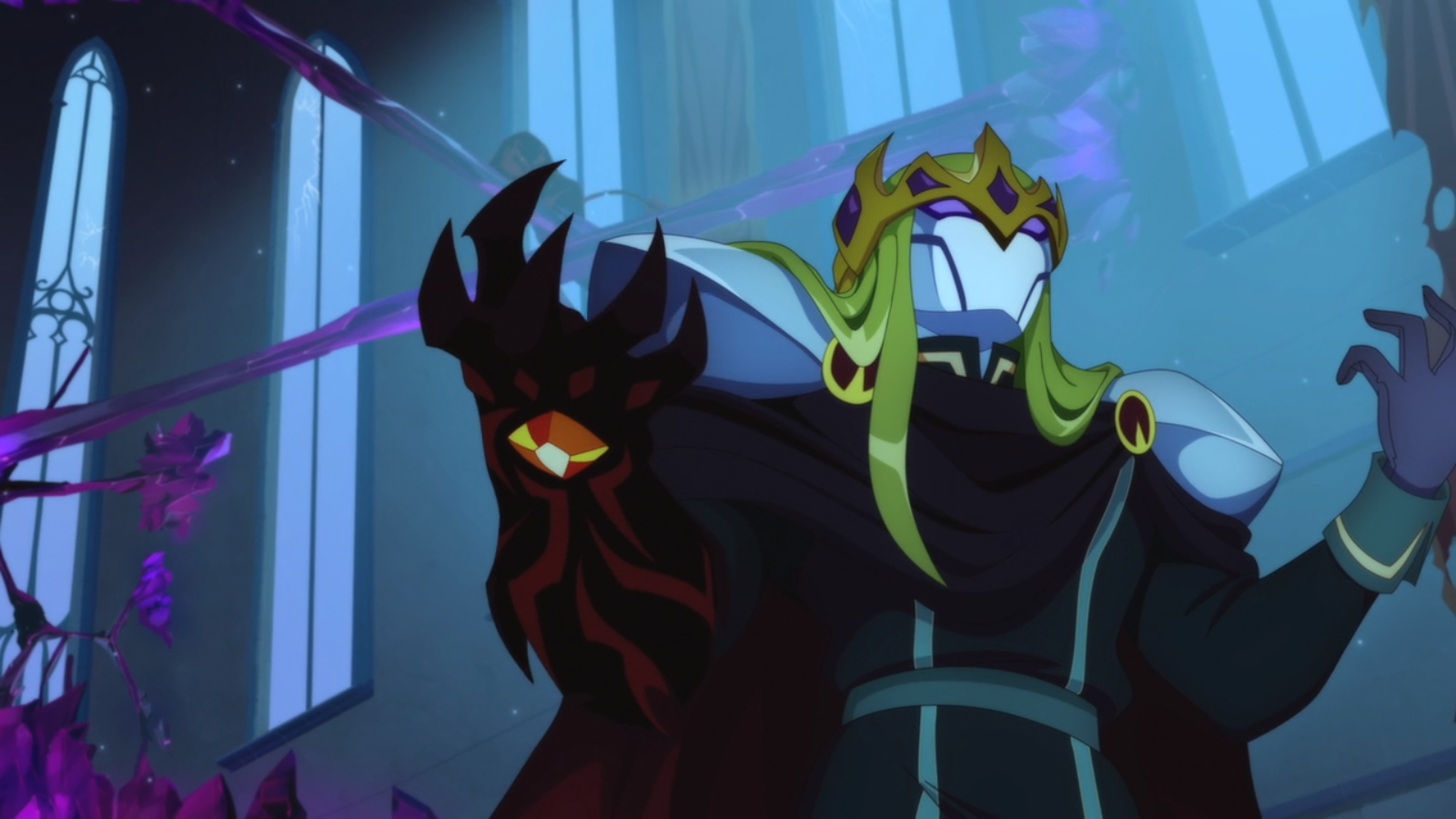
For no clear reason, the girls spontaneously obtain these gems whenever they help someone in need. Also for no clear reason, they go ahead with their plan to form a rock band, though their circumstances would suggest the wisdom of keeping a low profile. Their various plans are of course complicated by the dastardly but thick-witted Mephisto and Praxina, who continuously harass them with magical attacks and conjured monsters.
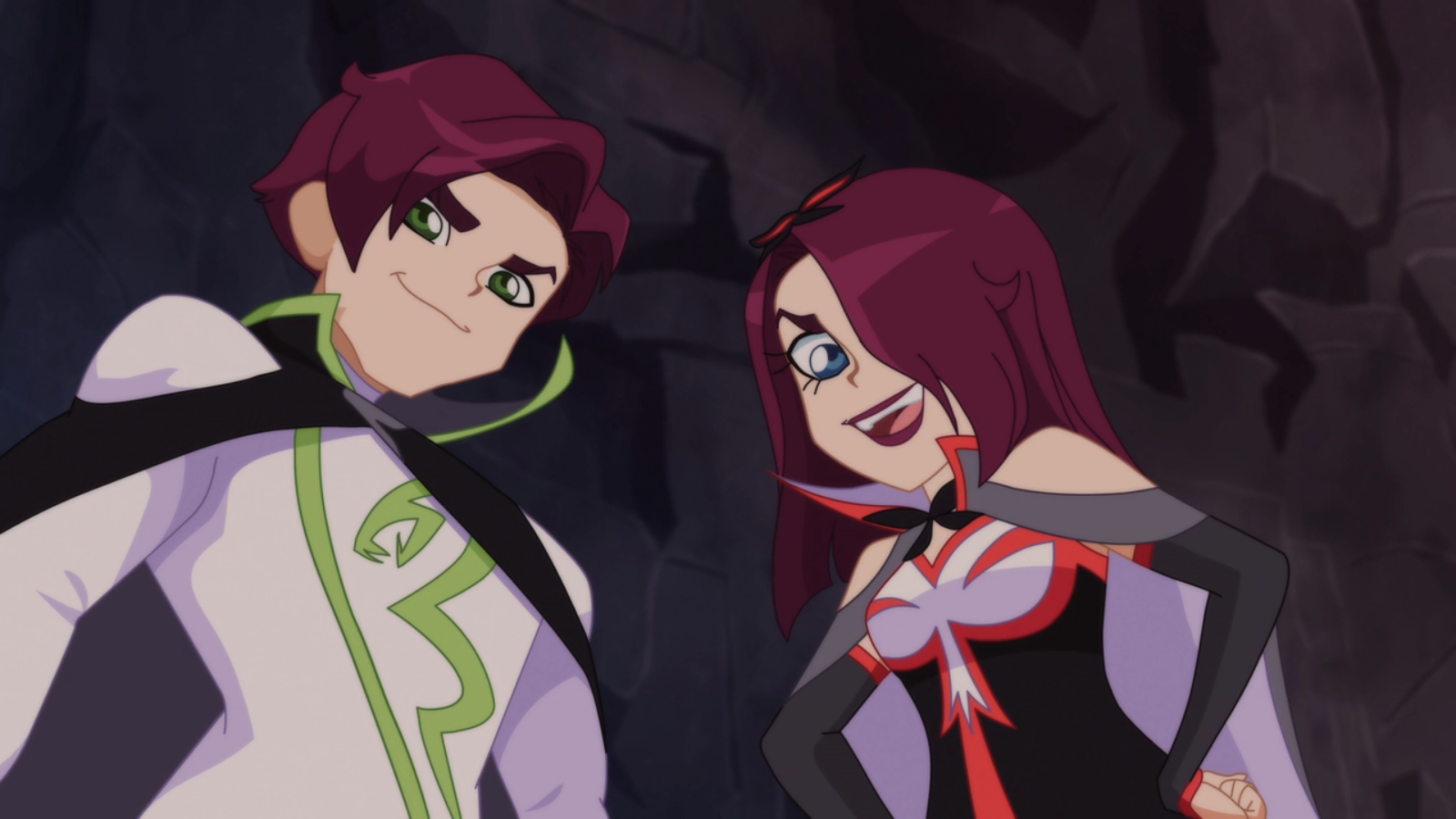
The plot is a pastiche of tropes from the cute witch, magical girl warrior, and magical idol sub-genres. LoliRock wants to be all things at once, and, perhaps unsurprisingly, is unable to bring together its disparate concepts into a coherent whole. It looks like a show put together by a committee poring over a list of Things Magical Girls Do™: Help people in need? Check. Fight monsters? Check. Sing in a band? Check. Hunt for crystals? Check. But the writers failed to consider how these activities might reasonably relate to one another, with the result that the characters move from one thing to the next with no apparent logical connection between. Even by the loose standards of the genre, LoliRock is incoherent. It’s unclear at first why the girls decide to offer charity to everyone who comes their way when they have an urgent mission, and it’s unclear why their good deeds brings them the oracle gems they’re hunting. It’s unclear why they have a band.
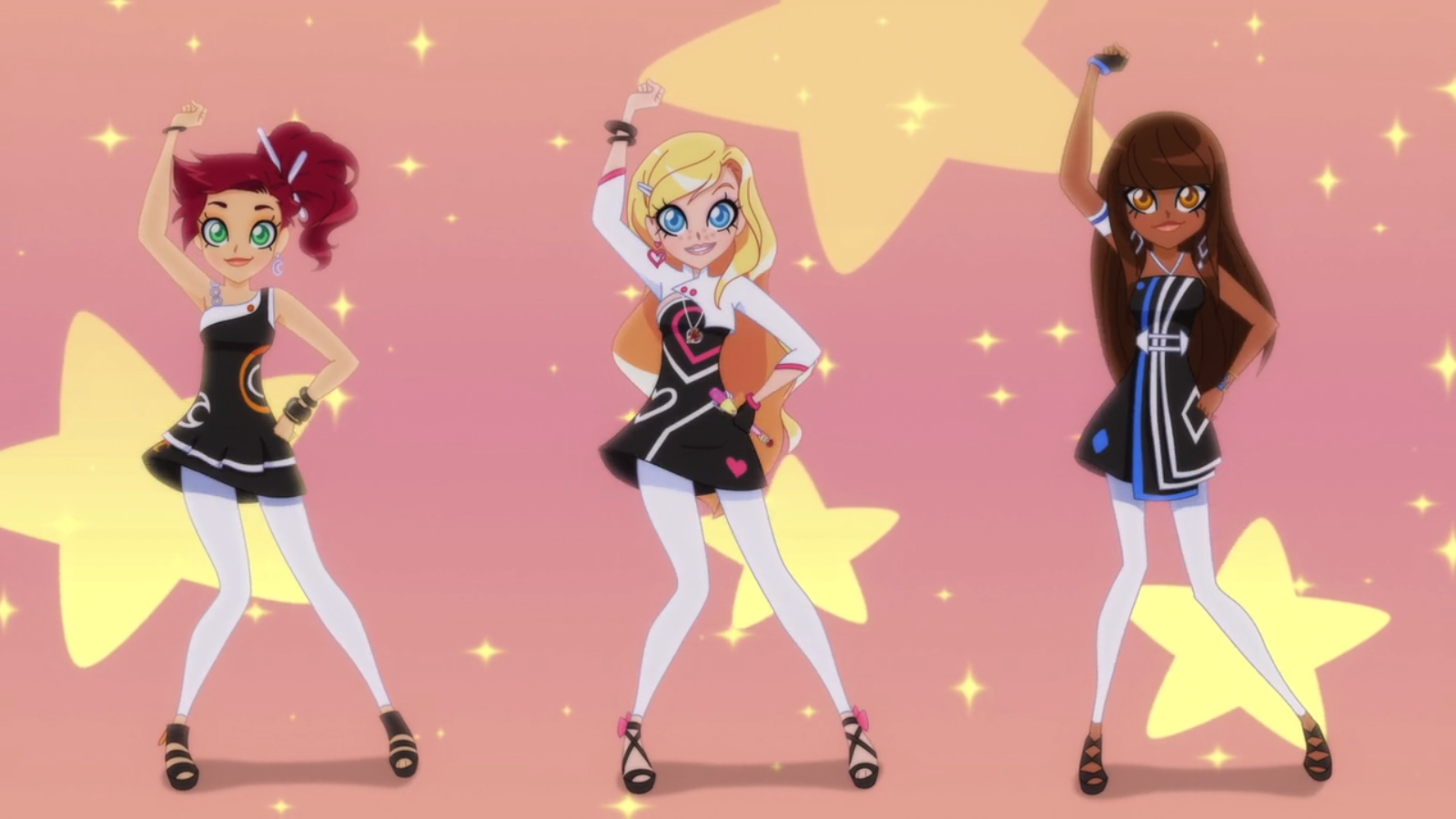
Compare this to some of its most prominent predecessors. Director Jean-Louis Vandestoc names Minky Momo as one of the big influences on LoliRock. The magical princess in Minky Momo also performs good deeds to complete a magic crown, but in that case, the connection between her good deeds and her mission is clearly explained, even if its explanation consists of handwavium. In LoliRock, there’s no explanation. Or compare the LoliRock girls’ hunt for the oracle gems with, say, the sailors’ search for the rainbow crystals in Sailor Moon: there’s a clear explanation given of where the rainbow crystals are, how many there are, how they got there, what they do, and what the protagonists need to do to gather them. LoliRock offers no such details.
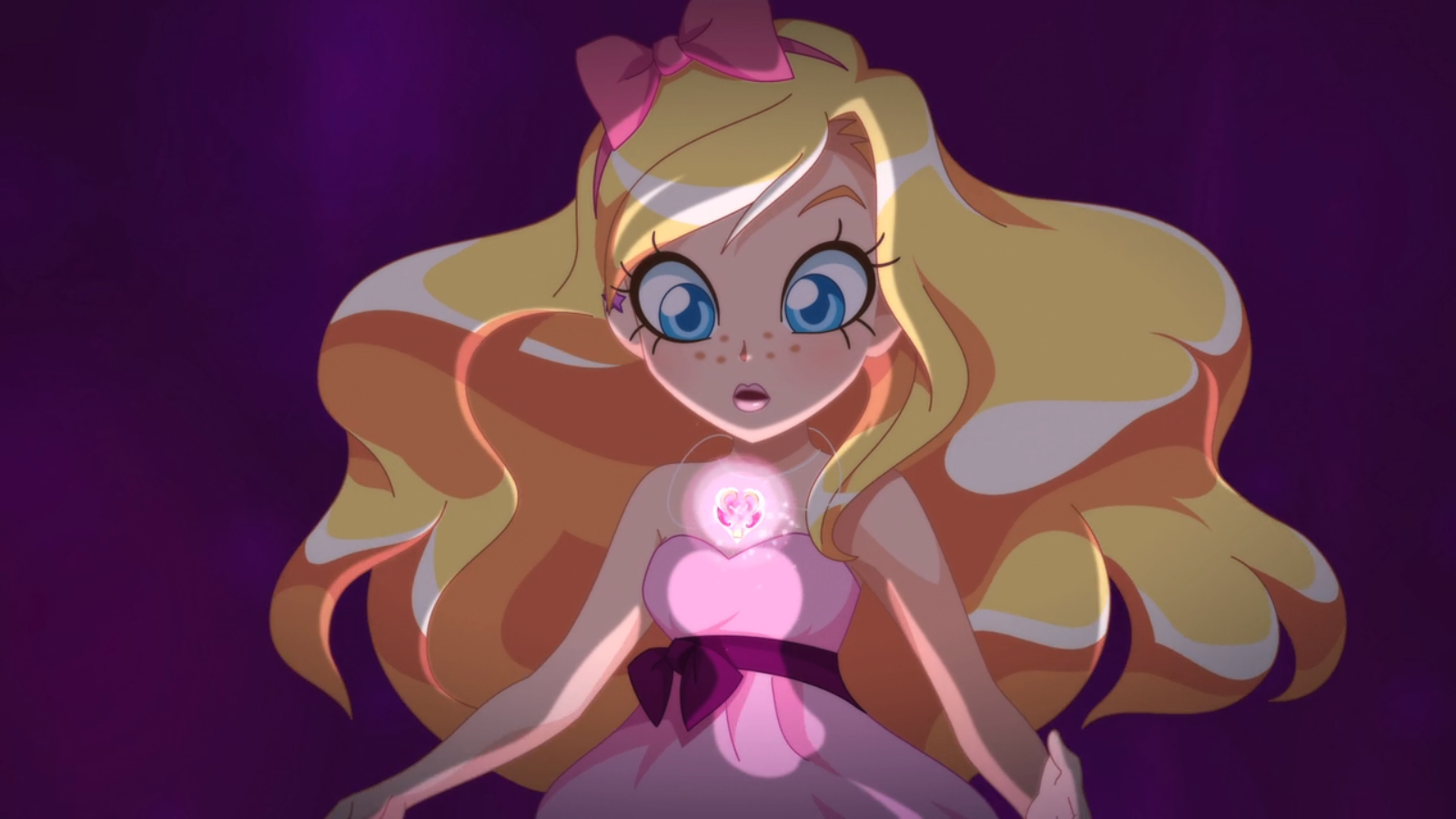
Making matters worse, numerous individual episodes have idiot plots. Several times, the story is advanced by the main characters doing ridiculously stupid things; one of the most egregious examples is in episodes 21 and 22 of the second season, a two-parter in which Iris spontaneously decides to mistrust the friends who’ve stood by her through thick and thin and instead place her faith in a guy she already learned was a traitor at the end of the previous season. Over and over, one princess or another will carry the idiot ball, doing things for no apparent reason other than because the writers would have it so.
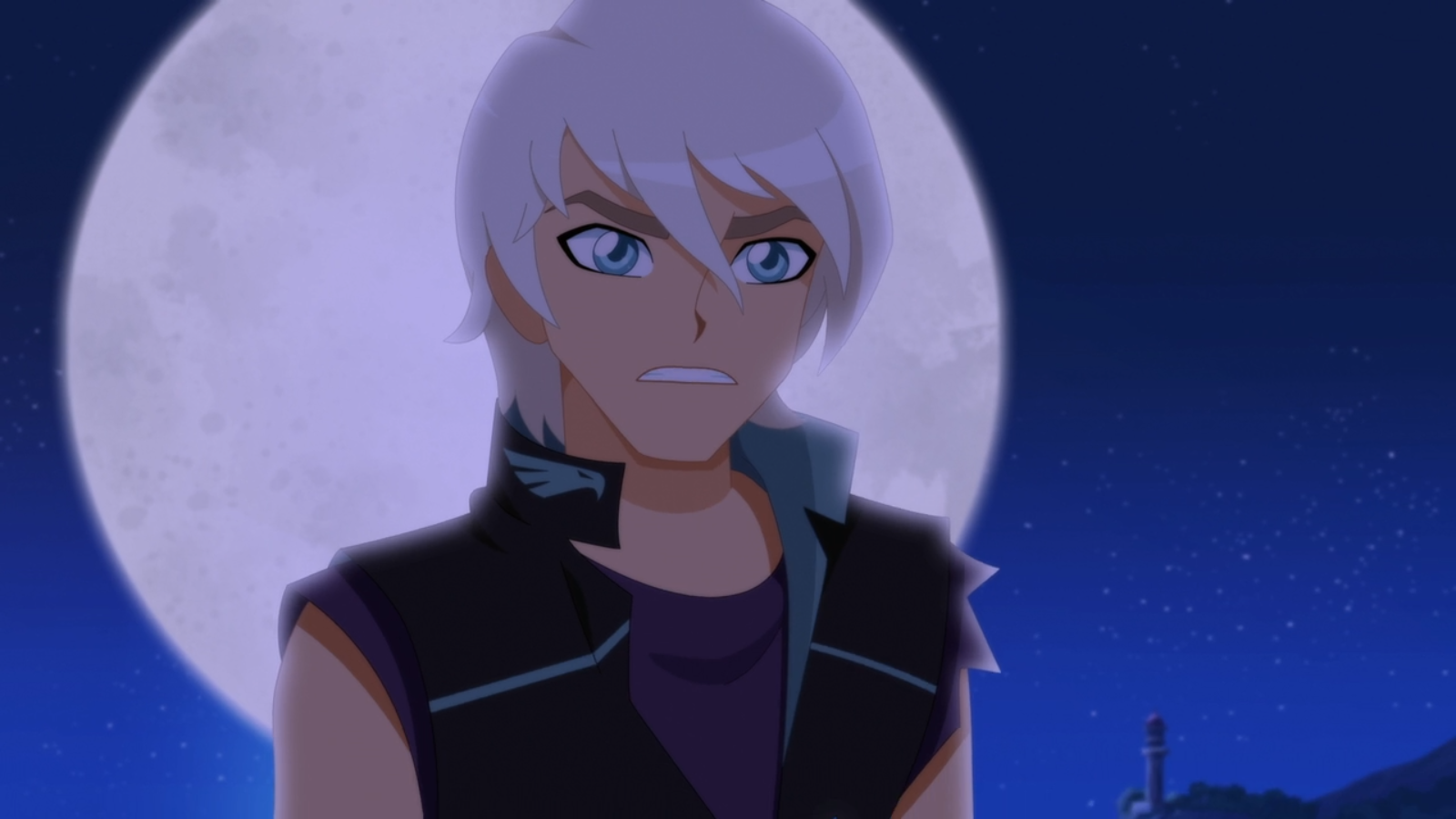
LoliRock also suffers a terminal case of deus ex machina, which it usually employs to restore status quo whenever it’s painted its protagonists into a corner. At one point, Gramorr imprisons Iris and threatens to destroy the Earth unless she grants him Ephedia’s crown and relinquishes her title to it. So she does so, making him the all-powerful ruler of her planet. Sounds bad, right? Well, don’t worry: some unexplained phlebotinum shows up and resets everything to normal. Iris surrenders to her nemesis and gives him everything, almost like she’s French, but then gets a magical get-out-of-jail-free card. Her momentary cowardice comes with no consequences, and it’s deeply frustrating.

Or again, during one of the best episodes in the series, the evil twins nearly take over the Earth with the aid of a magical medallion. Iris’s human boyfriend learns the truth about her magical powers and alien origins, and he even plays an important role during the battle. I sat up and took notice, because this looked like a major shift in the show’s direction … but then some phlebotinum showed up and reset everything to normal again. I would have thrown LoliRock against the wall, except I would have destroyed some expensive equipment that way.
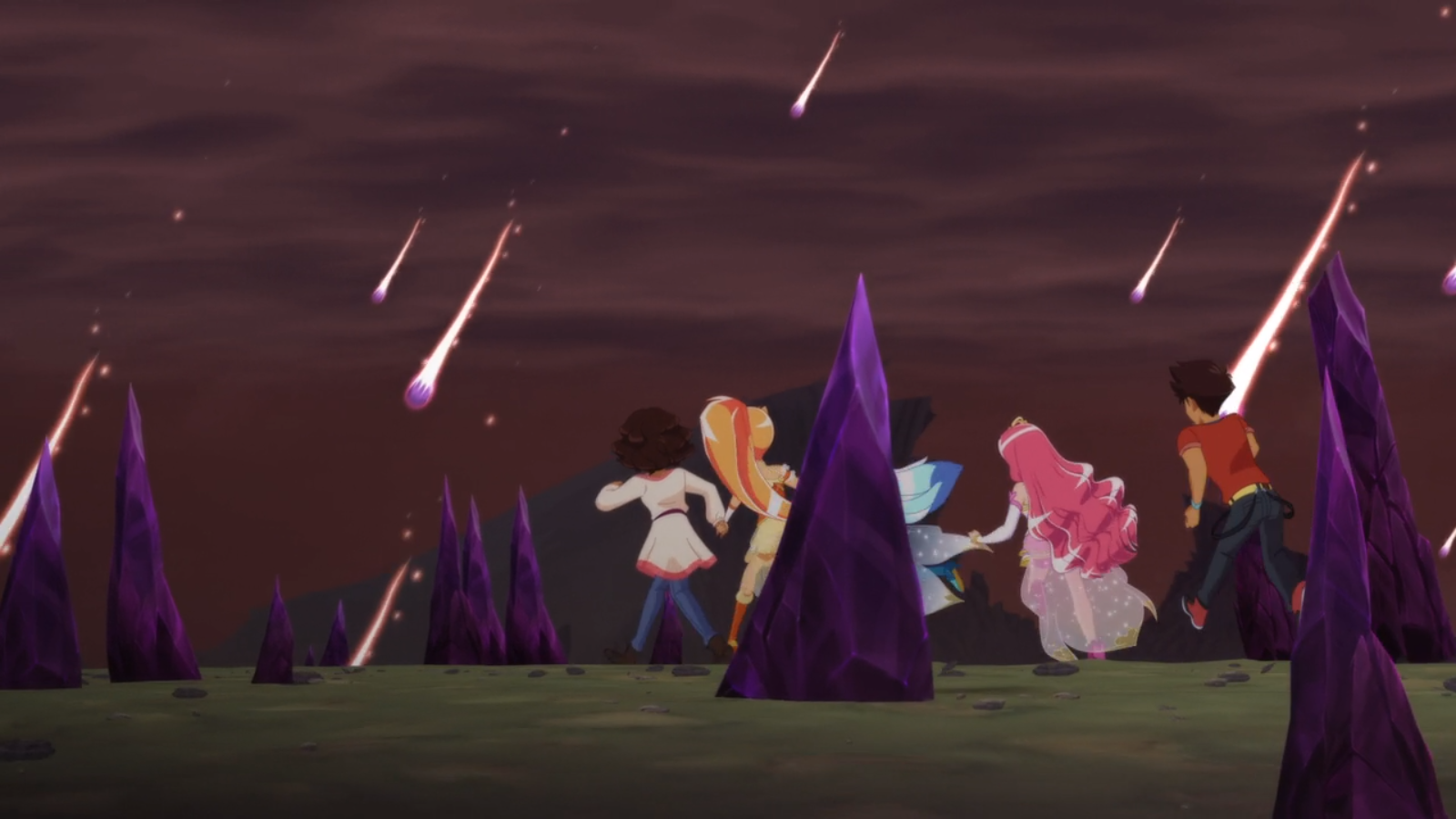
The girls’ homeworld of Ephedia also appears to be a curiously empty place. Early on, we get a flashback of Gramorr conquering one of Ephedia’s kingdoms—in which he simply walks into a palace by himself and trashes it. He encounters no guards, and he has no army behind him, and he meets no opposition aside from one girl.
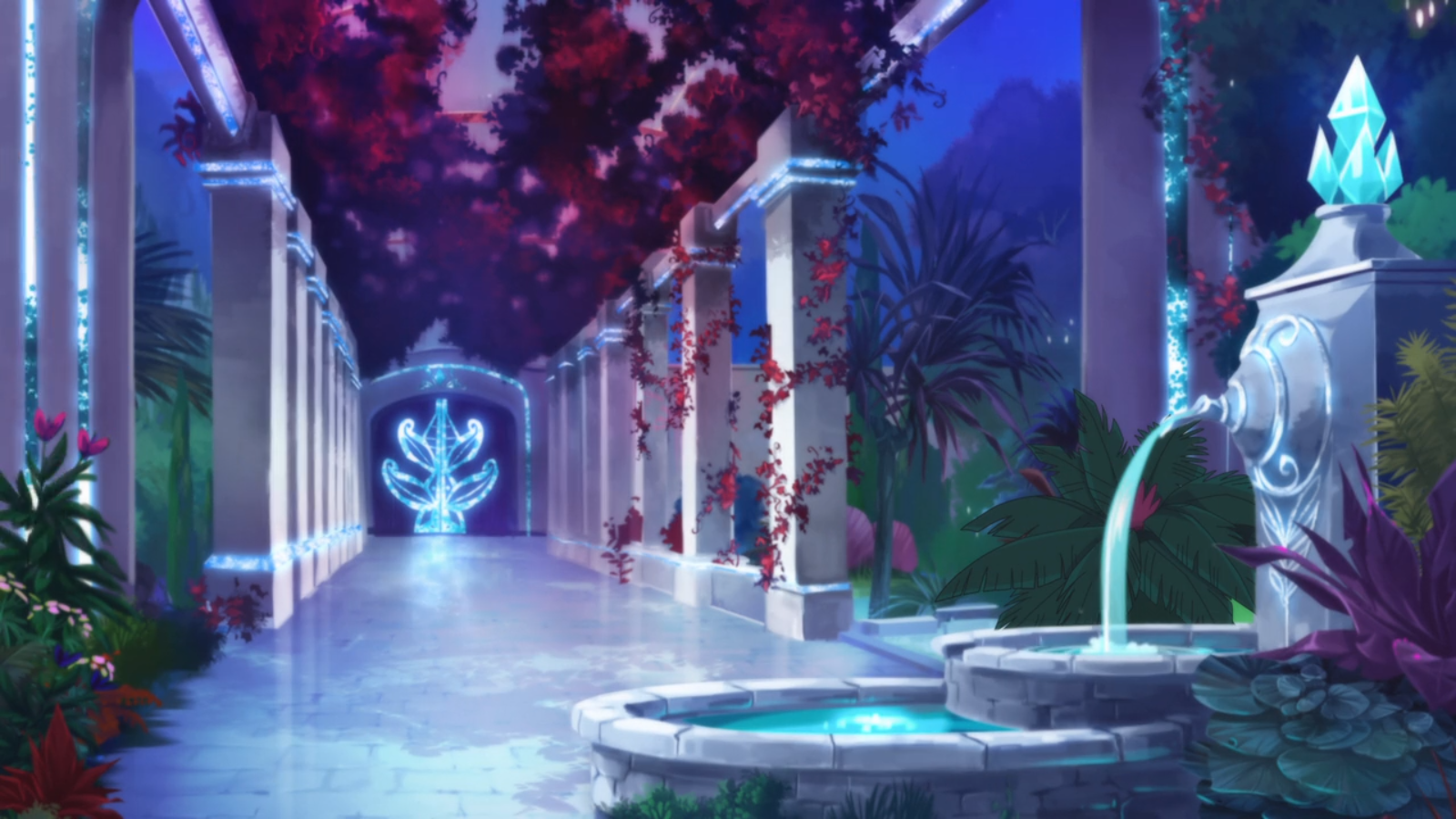
Either the animators got lazy or somebody didn’t think this through. Whenever the action moves to Ephedia, as it does periodically every several episodes, we meet only a tiny handful of characters there, and we learn almost nothing of its culture (aside from one ass-pull about how a princess’s luxuriously long hair turns into a boy-cut right before her magic fully develops). The writers never manage to make it feel like a real world. Having conquered a planet, Gramorr seems to have nothing to do except sit in his throne room and grouch. He can open portals from Ephedia to Earth, and there are occasional hints that he has minions and resources at his disposal, but he for some reason can’t send anyone to fight the princesses except the two doofy twins who get their butts handed to them on a weekly basis. Magical girls’ villains are usually poor strategists, but Gramorr is particularly lousy, and he doesn’t even have infighting between his minions to use as an excuse.

LoliRock also has a difficult time utilizing its cast. The main characters are likable enough: you have Auriana the boy-crazy bubblehead, Talia the self-serious leader, and Iris the generically nice heroine. However, in the second season, the show adds two new loli princesses, but can’t figure out what to do with them, and in half the episodes, the writers appear to have forgotten their existence.

Iris also has a love interest, a boy named Nathaniel, but aside from the one episode (mentioned above) in which he gets to shine, he is basically LoliRock’s Flash Sentry, that is, an undeveloped character who apparently exists only because somebody somewhere decided that the protagonist simply had to have a boyfriend.
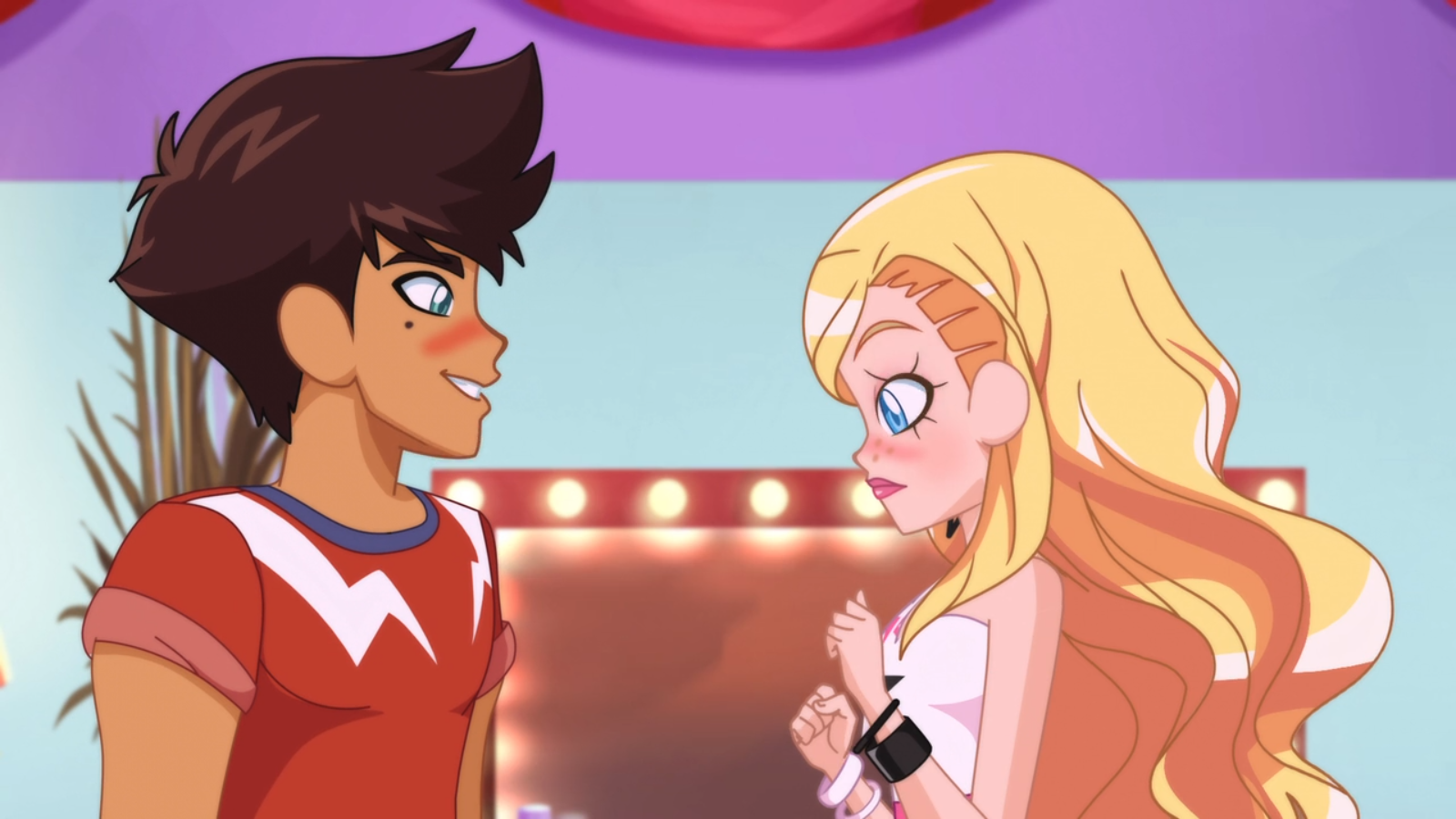
This is unfortunate, as a few of the characters had the potential to be interesting. I like Nathaniel, but he has nothing important to do. Another likable recurring character is a guy named Doug who wears a fedora and blogs about magical girls …
Wait a minute …
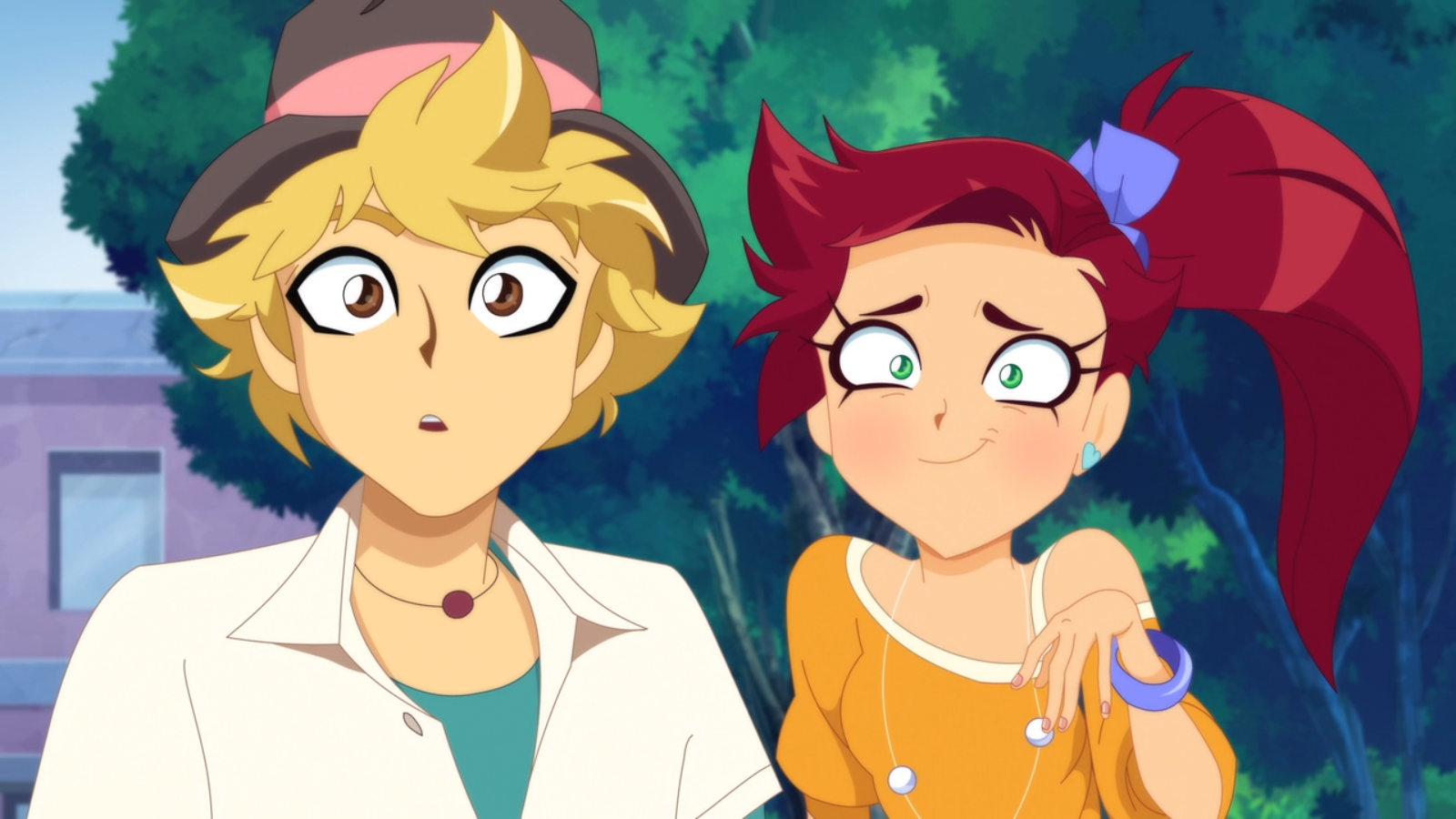

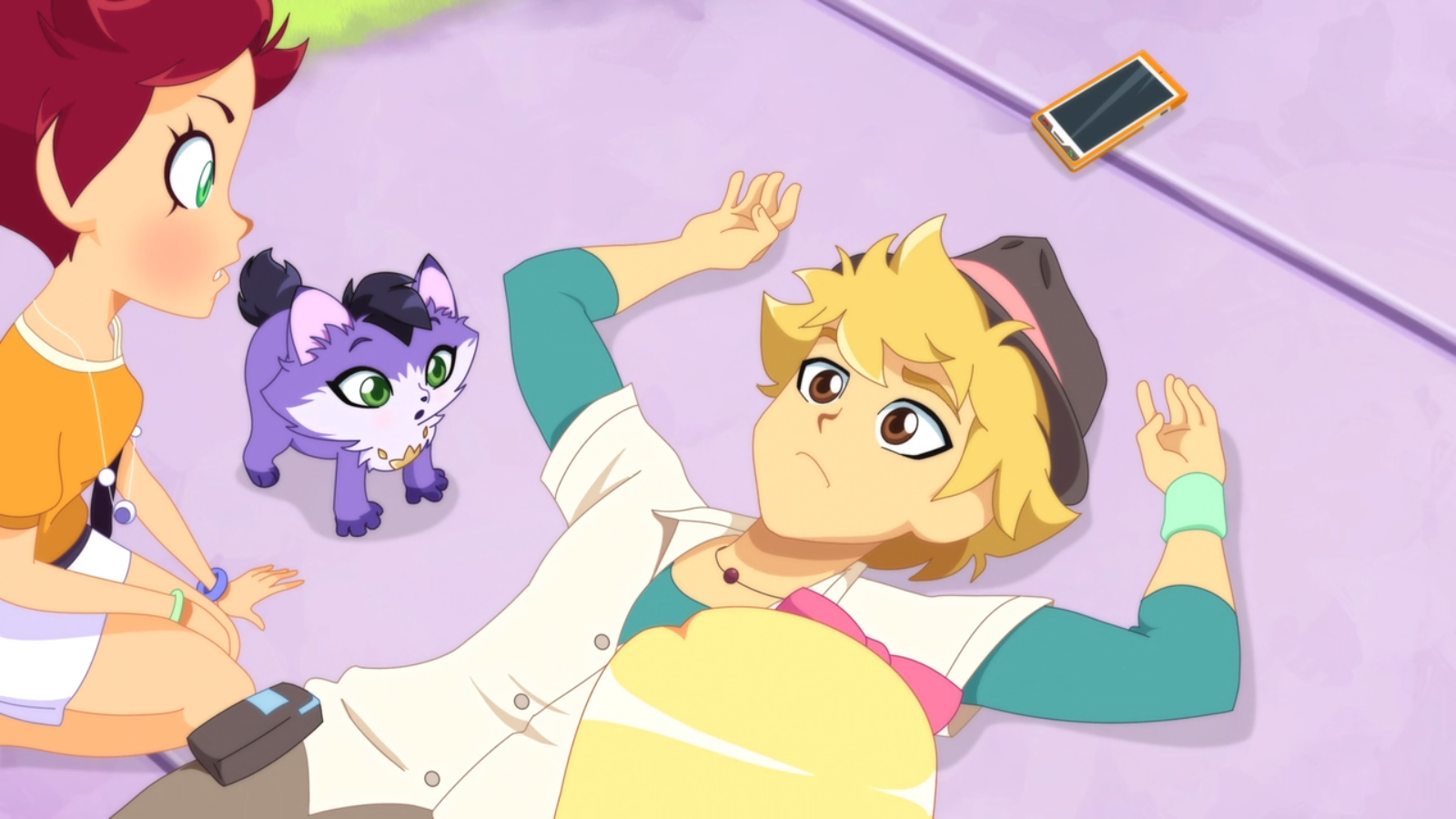
Yes, I’m a character in LoliRock. That’s my story and I’m sticking to it.
Anyway, much more satisfactory than the writing or worldbuilding are the action sequences. LoliRock owes a great deal to Pretty Cure, which was the first magical girl franchise to place equal emphasis on fisticuffs as on magical attacks. All the wire-fu sequences in LoliRock are very slick. This cartoon had an unusually high budget, and it shows.

Nonetheless, the magical battles, like the plotting, contain elementary mistakes. Again showing an inability of LoliRock to connect its own dots, there is no relationship between the girls’ magic and their singing, even though the first episode had strongly implied that Iris’s powers are music-based. There are also no apparent rules to the girls’ magic, except that everything seems to be related to crystals. In the middle of a battle, they frequently cast new spells that hadn’t been introduced to the viewer previously. Mephisto and Praxina, the recurring villains, are also unevenly depicted; sometimes they’re jokes, but sometimes they’re formidable foes, depending on the needs of the particular episode. Because the girls can always whip out some new magical blast to counter whatever they meet in the fights, the action sequences have no real tension. Adding to that problem, the action looks repetitive, since it almost always happens in the same setting, an “arena” that can be conveniently “opened” by Amaru, the girls’ animal mascot. So whenever the twins attack with their latest summoned monster, the girls can whisk them away to a place where they can’t cause collateral damage—in other words, the arena keeps the stakes low (and probably makes the animators’ job easier).
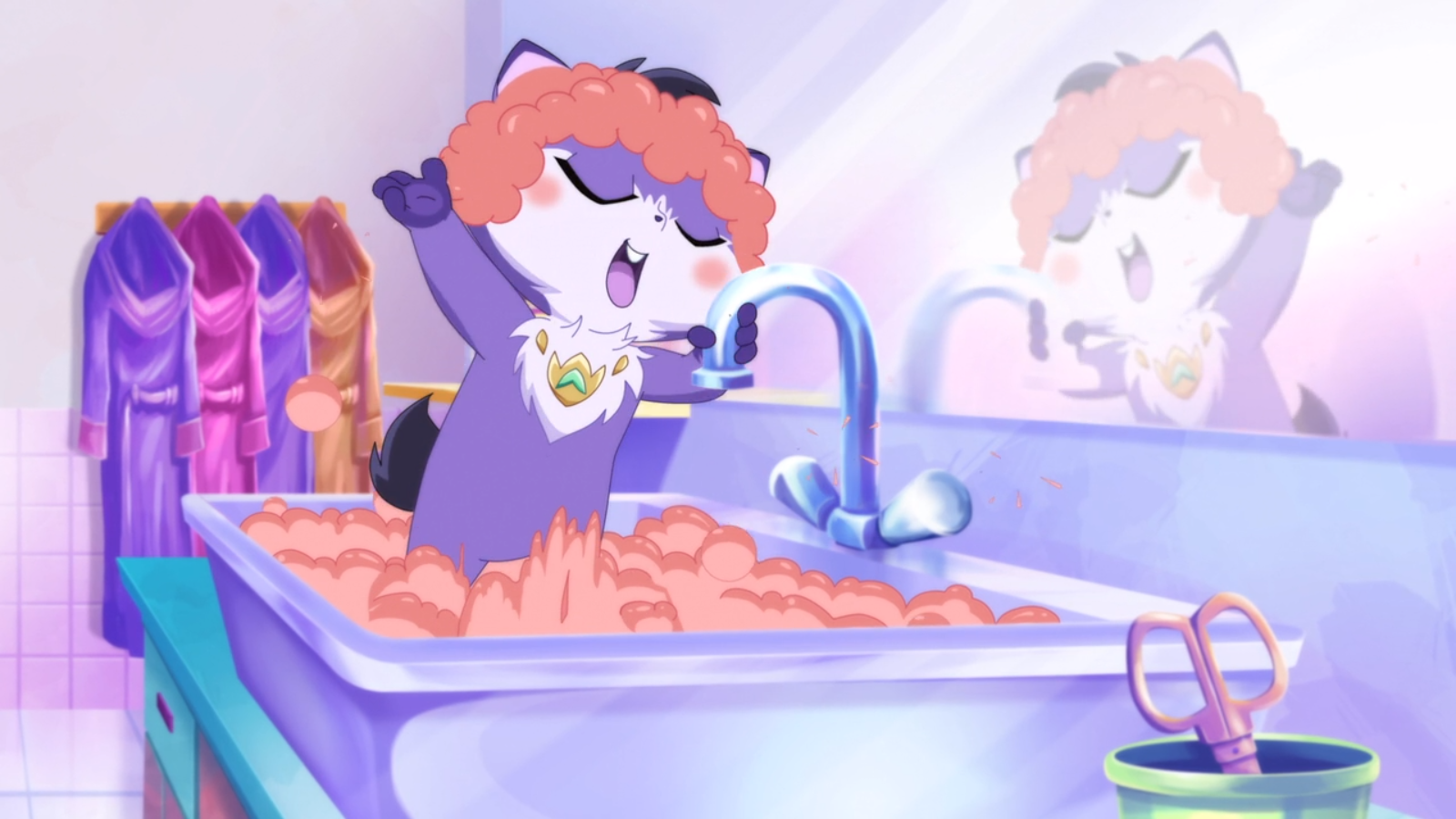
LoliRock could probably be called a mixed media franchise (a type of magical girl franchise pioneered by Creamy Mami), since a handful of music videos were released in association with it. The music is a generic, synthesizer-heavy pop, which the official website describes as “pop-rock girly” inspired by the likes of Katy Perry, One Direction, and Taylor Swift. The music was written by Norbert Gilbert and is performed by Yasmin Shah rather than by the show’s voice actresses. Shah may or may not have talent, but it’s impossible to tell because she’s been Auto-Tuned all to heck.
The animation is designed to look 2D, but it’s actually done on the computer, and you can sometimes see the 3D models peeking out if you look close. Aside from some peculiarities in the characters’ faces in the early episodes, the animation is very smooth, but it’s almost too smooth, like watching a succession of clip art. The computer-generated animation is much like the computer-generated music: it’s been Auto-Tuned to perfection and consequently lacks personality.
For an example of what I mean, in addition to the music videos posted above, I present Iris’s transformation sequence. There’s nothing exactly wrong with it, but it’s curiously low on energy. It feels like one of those magical girl dress-up games:
All that being said, LoliRock certainly has good points. The action is well-paced if not as tense as it could have been. The environmental designs are lush even if the continuous reappearance of the arena is regrettable, and Ephedia is appropriately done with a combination of brightly colored fairy forests and art nouveau-inspired architecture—I just wish we got to see more of it. Although I admit I don’t care for the computer animation, I mostly like the character designs, except for the monsters, which are nearly indistinguishable from one another. The princess’s color-coded magical girl outfits, obviously PreCure influenced, are good-looking.
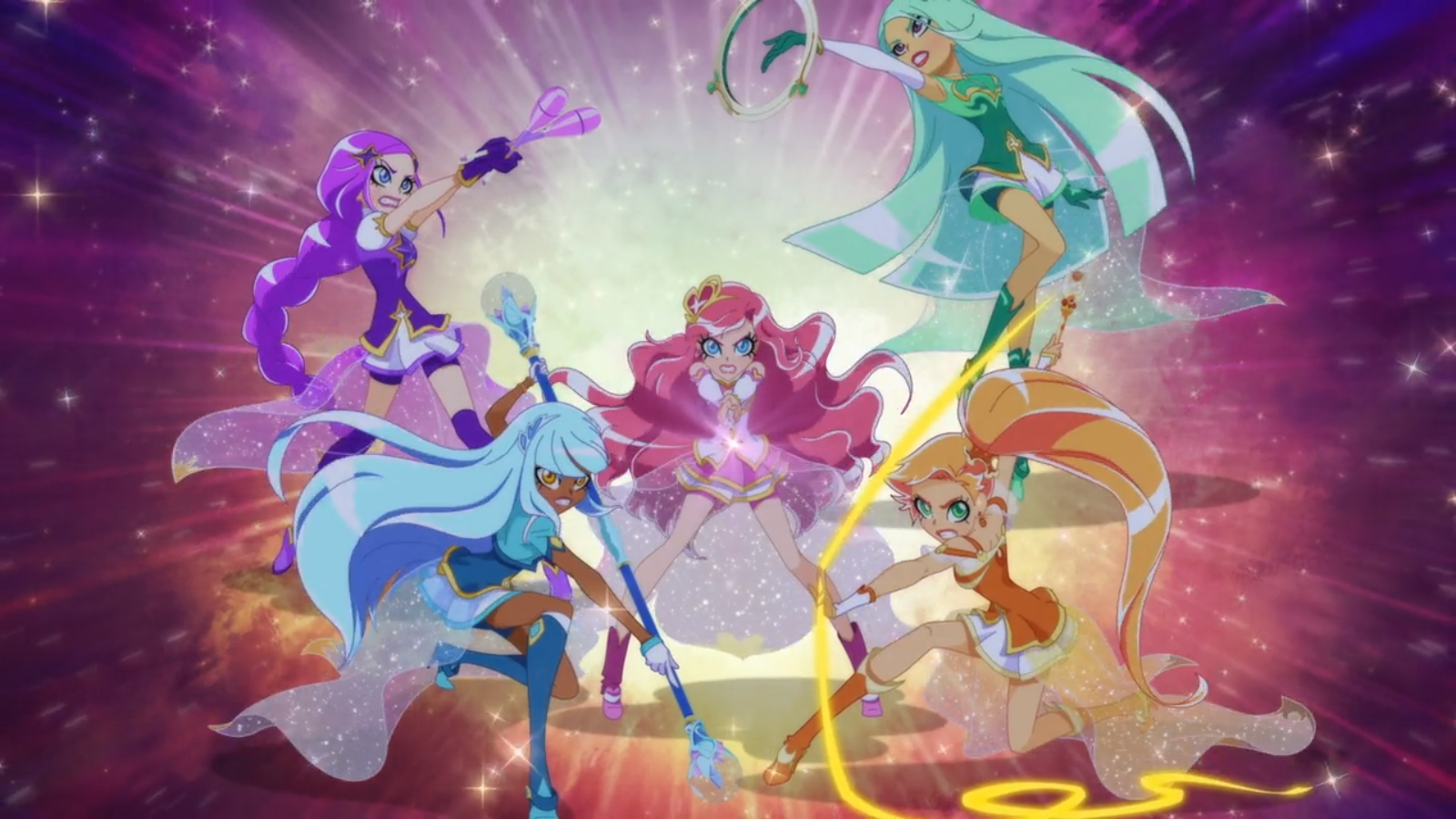
Also, although many episodes are frustrating, the two-part finale is satisfying. It completes the established story arc, deals in a sincere and heartfelt manner with Iris’s romantic subplot, and also unexpectedly sets up for a potentially interesting sequel, though no third season is in the works so far.
Although I’ve griped a lot in this review because I think LoliRock is not all it could have been, I will say that it’s not objectionable in any way, and it maintains enough of a pace that it can probably serve its intended purpose of entertaining young children. I wouldn’t have any qualms about letting kids see it, which is more than I can say for a lot of its Japanese predecessors, but it fails to offer enough substance to intrigue potential adult fans; the action sequences are probably its strongest point, but they’re not enough to make them worth the trip.
I would recommend this to children. For anyone else, I’m indifferent: it’s not bad enough to make me warn anyone away, but neither is it good enough to make me encourage everyone to see it.
But, anyway, since this show is about music, I might as well finish up this review by posting another music video. Everyone sing it with me now, “On top of spaghetti, all covered with cheese …”

